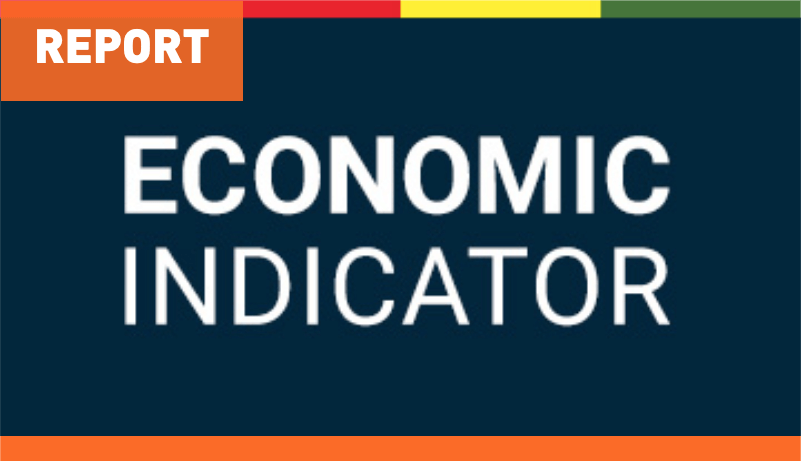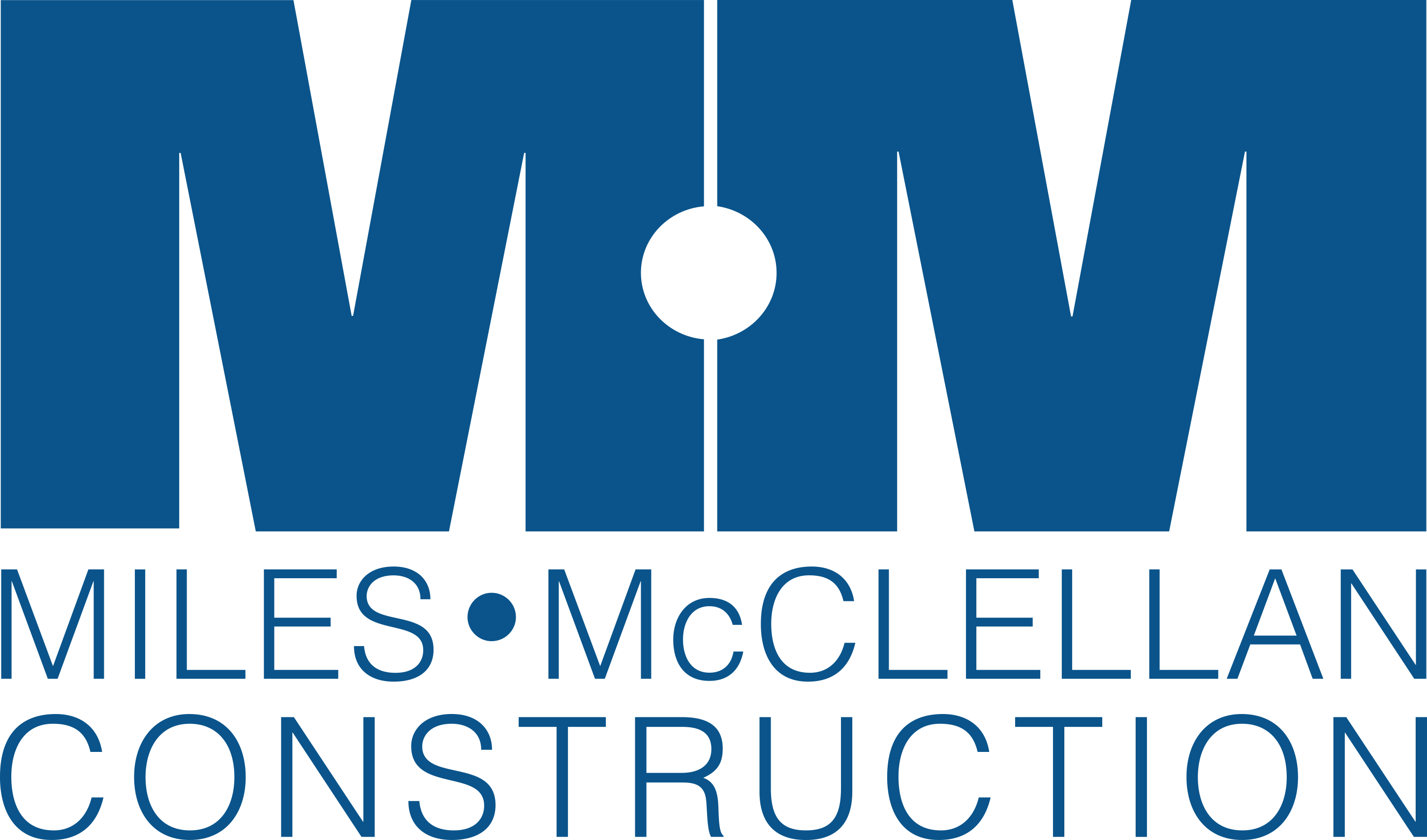2021 Q2 Economic Indicators

![]() As 2021 second-quarter numbers get reported, all the news feeds are full of inflation talk – is it a transitory or dangerous trend? As we release our Q2 Economic Indicator Report, the Producer Price Index (PPI) numbers were also released, and they are “hotter” than expected. For reference, the PPI index measures price changes from the purchaser’s perspective.
As 2021 second-quarter numbers get reported, all the news feeds are full of inflation talk – is it a transitory or dangerous trend? As we release our Q2 Economic Indicator Report, the Producer Price Index (PPI) numbers were also released, and they are “hotter” than expected. For reference, the PPI index measures price changes from the purchaser’s perspective.
About PPI:
- The PPI is different from the CPI (Consumer Price Index) in that it measures costs from the viewpoint of industries that make the products, whereas the CPI measures prices from the perspective of consumers.
- The BLS (Bureau of Labor Statistics) separates PPI data into three main areas of classification: industry, commodity, and commodity-based final and intermediate demand (FD-ID).
- The PPI is considered an objective tool for adjusting prices in long-term purchasing agreements.
(Majaski, 2021)
The Producer Price Index for final demand rose 1% in July as reported by the Bureau of Labor Statistics. On an adjusted basis, the final demand index moved up 7.8% for the 12 months ended July 2021. This is the largest advance since 12-month data were first calculated in November 2010.
Nearly three-fourths of the July increase in the final demand index can be traced to a 1.1% advance in prices for final demand services. The index for final demand goods rose .6%.
This makes sense – as I poll our project teams, the single consistent theme is the cost and lack of labor.
Interpreting the Trends
- The Architect’s Billing Index remained elevated at a score of 57.1. The regional ABI reported for the Midwest was at 62, an incredibly high number. As a reminder, any score above 50 indicates an increase in architect’s billings and is highly correlated with the number of market opportunities we see in the 8-12 month range. These reports continue to signify a hot construction market in 2022.
- The Dodge Momentum Index indicator, as reported last quarter, had a record-breaking jump from 139.1 in January to 148.8 in March (the most significant single jump in the index’s history), increasing again to 151.4 in April. This trend continued with the index moving to 163.2 in April, 175.1 in May, and 165.8 in June. This continues to signal an ever-increasing number of total projects entering the planning process and an increasing number of large projects in the pipeline. This index tells me that we will have plenty of opportunities available during spring-summer bidding 2022.
- The last indicator that I want to emphasize is the ABC Backlog Indicator, which has now moved above 8 months. This is not surprising given its lagging nature, and you should expect to see this measurement continue to follow the rise in both the AIA Billing Index and the Dodge Momentum Index as we move through fall 2021.
In summary, we are experiencing “hotter” price increases (inflation) than initially anticipated as the economy first started to recover. Labor costs are notably higher, and the market for skilled trades continues to be THE hurdle for the construction industry. While the temporary shortage of some building materials can be managed, the continued tightening of the labor market will continue to affect the schedule. The construction market is continuing to experience increases in construction costs across all types of construction. The lead indicators point toward more of the same as we move through the back half of 2021 and into 2022.
Advanced planning is the single best way to control your budget – so if you have a project in your future – work closely with your architect and construction partners now and start the planning process a little earlier than you typically would to save money.
References
Majaski, C. (2021, July 26). Producer Price Index (PPI). Retrieved from investopedia.com: https://www.investopedia.com/terms/p/ppi.asp
